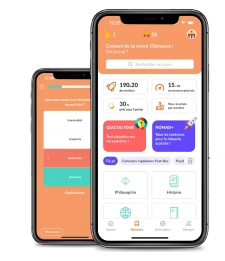The ruling government is formed by the party who won most seats in the House of Commons in the general election. Some members of the government are however not MPs. The government is made up of all the Senior Ministers and Junior Ministers, Private Secretaries and Whips (a whip is an official of a political party appointed to organise and discipline the members of his/her own party). They are those who are called the frontbencher, because they sit at the front in the House of Commons. All members of the government are chosen by the Prime Minister and formally appointed by the monarch. MPs without a particular post are called backbenchers. The size of the government, proportional to the number of ministries, has grown considerably since the nineteenth century.
The Cabinet is made up of the government’s senior ministers from the House of Commons. They are chosen by the Prime Minister who is at the head of the Cabinet. Cabinet Meetings are held twice a week. Such meetings are chaired by the PM in the Cabinet Room at 10 Downing Street and the purpose is to discuss and determine government policy. Once the Cabinet is formed, Cabinet members are bound by Cabinet responsibility, which is the duty to publicly support any decision taken by the Cabinet, otherwise they must resign. When the PM changes the composition of the Cabinet, the process is called Cabinet reshuffle. There are numerous cabinet committees that are meant to examine certain issues in detail, while the full Cabinet tends to concentrate on major issues and decisions. Among such committees, there are Ad hoc Committees, which are temporary, and Standing Committees, which are permanent.


